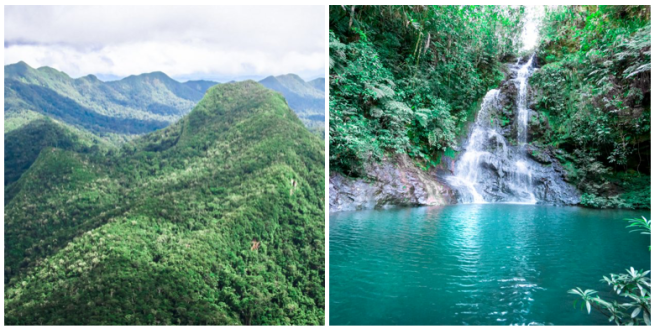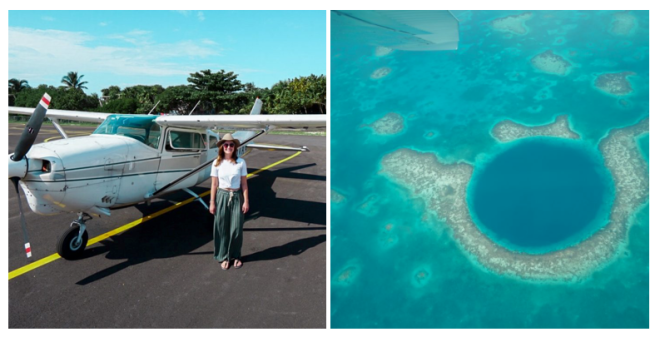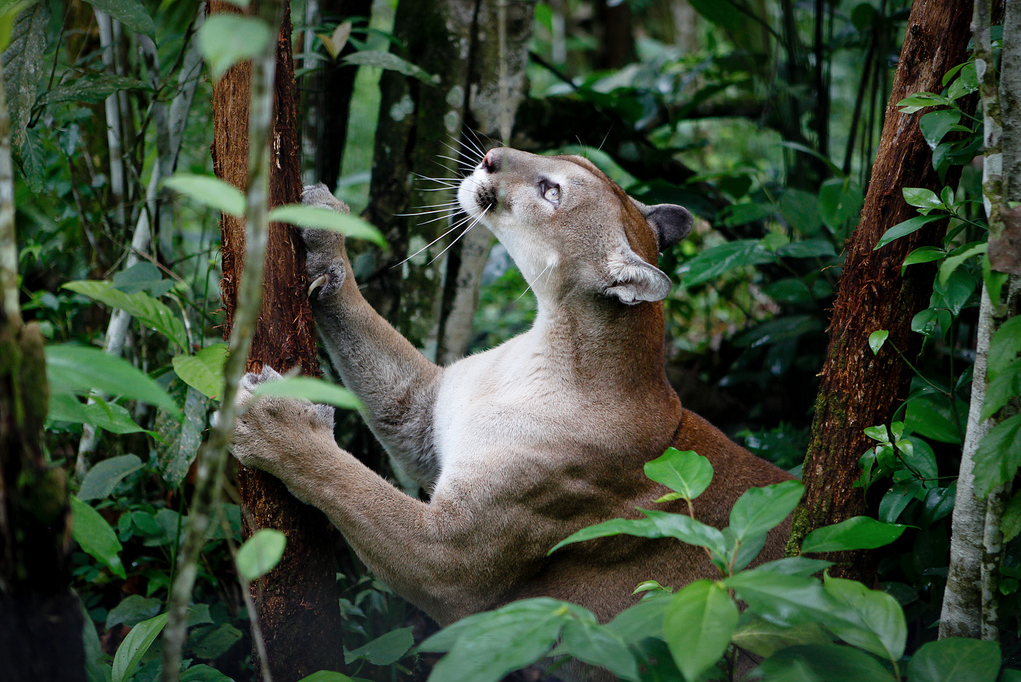
Belize is a stunning and diverse little country on the Caribbean coast of Central America. Originally a British Colony; English is commonly spoken and the country still falls under British law. Weather you are searching for beaches, waterfalls, caving or Mayan Ruins; Belize is the place for you! Keep reading for our favorite things to do in Belize.
See The Great Blue Hole
The Great Blue Hole is a gigantic marine sinkhole that has become the trademark of the country. Located near the center of an offshore reef; this is the number one thing to do in Belize. If you`d like to see The Great Blue Hole from above; you can take a helicopter or small plane tour from multiple different locations. We would highly recommend doing it this way if you want to have a view of the entire sinkhole.
A more adventurous option is to scuba dive inside the Great Blue Hole. There are pros and cons to both options; but ultimately we decided against the diving because its actually more expensive, its really far (it takes a minimum of 2 hours to get there by boat) and you won`t get that spectacular view only attainable from the sky. We booked through Tsunami Adventures in Caye Caulker who offer both options, competitive prices and good customer service.
Marvel at Mayan Ruins
There are several Mayan Ruin sites spread throughout Belize. Although Caracol and Xunantunich are probably the most common; you have multiple options based on where you are leaving from and how long you would like to be on the road. Xunantunich is not far off the main highway in Belize making it a common stop for travelers. Although it`s a smaller sight it is unbelievably beautiful!
Caracol is the largest site in Belize and my personal favorite in all of Central America (yes.. even over Tikal!) The reason for that is because it is far less developed. We chose to drive ourselves in on the 2 hour dirt road full of potholes. We got there around 10 am which was before the tours arrived and there was literally no one else there! It was so amazing to be able to explore this marvelous archaeological site without the crowds.
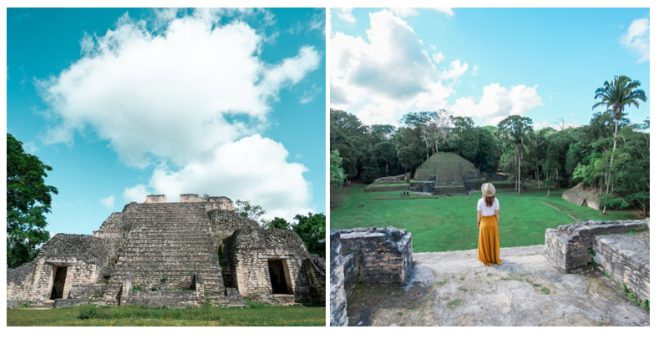
Snorkel In Shark Ray Alley
Shark Ray Alley is an area in the nature reserve where you are guaranteed to see nurse sharks, different kinds of rays, and usually sea turtles! It is accessible from many different locations with Caye Caulker and Ambergris Caye being the most common. This was honestly one of the highlights of our entire trip to Belize; you don`t want to miss it!
So how can you be guaranteed to see this sort of wildlife? This area use to be a common place for fisherman to clean out the catch of the day before bringing them in to sell. The marine life got use to this food source and continue to live there to this day.
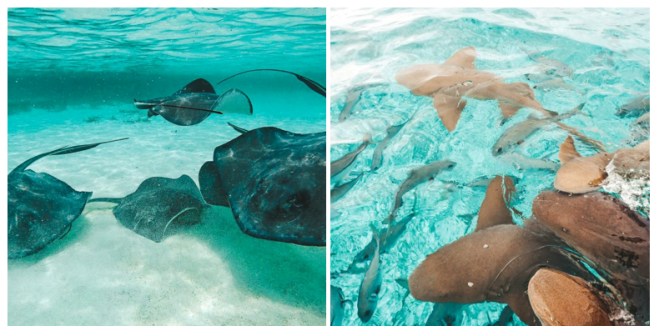
Explore Giant Underground Caves
Belize is famous for its massive underground cave systems. There are so many different experiences you can have from rappelling into them to exploring ancient remains. Ian Anderson`s Caves Branch offers cave tubing, climbing waterfalls in a cave system and even an overnight cave stay.
The ATM cave is one of the most popular caves to explore in Belize. It contains skeletons, ceramics, and stoneware left by the Mayan People. The cave is several kilometers long and throughout the tour you will spend a few hours exploring different chambers and swimming around. The average price of a tour is around $125 USD per person; click here for more information!

Go Hiking At Cockscomb Basin Wildlife Sanctuary
Also known as the Jaguar Preserve; Cockscomb Basin is one of the most beautiful natural attractions in Belize.There are over than 30 kilometers of maintained hiking trails of varying length and difficulty. Entrance is $5 USD per person and the park is open from 8 am to 4:30 pm daily.
We chose to hike Tiger Fern Trail which is moderately challenging and took about 3 hours to complete. It leads you to an excellent viewpoint and ends at a gorgeous and secluded double waterfall with a swimming hole! We lucked out and had this little piece of paradise all to ourselves..it was surreal! For more information on other trails, climbing Victoria Peak, camping and more check out this awesome blog post!
